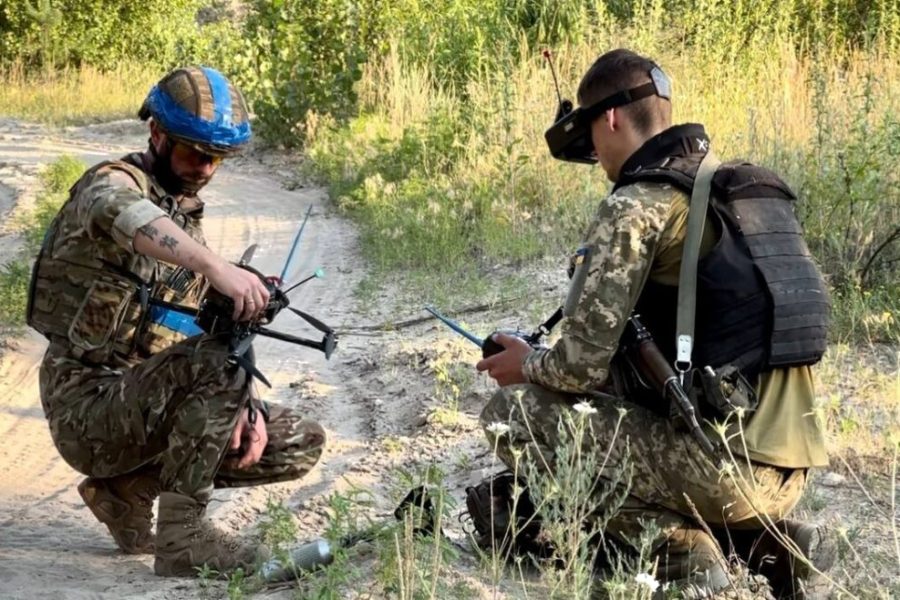More than two years after Russia started its all-out invasion of Ukraine, U.S. leaders have noted many lessons learned from the brutal conflict, from the value of airpower and drones to integrated air defense to weapons production to electronic warfare.
In a June 6 event hosted by the Center for New American Security, current and former defense acquisition leaders said there is still another truth to be gleaned: the speed of technology and ability to respond quickly to new developments show that the U.S. must accelerate innovation and tap into commercial off-the-shelf systems.
“The overriding lesson of Ukraine is as soon as one side will do something, the other side is quick to counteract it, and that cat-and-mouse game shows the speed” that can be achieved “under necessity,” former House Armed Services Committee chair Mac Thornberry said.
While the U.S. doesn’t face the same pressures as Ukraine, Thornberry added, it must seek to match its velocity in fielding new capabilities, even when not in a hot war.
“We’re a whole lot better at recovery than we are being prepared ahead of time,” Thornberry said. “The problem is, we’re not going to have time to recover if we get into” a major conflict.
“Speed, speed, speed, again,” he added.
Ellen Lord, former undersecretary of defense for acquisition and sustainment, said that Ukraine shows how essential it is to tap off-the-shelf commercial products and the vast expertise available in civil technology.
“What I think Ukraine has taught us is that commercial technology is absolutely critical, whether it be video from satellites, or all other kinds of sensor modalities, to all of the drones,” she said. If Ukraine did not have access to that commercial technology, “I don’t believe they would be in as strong a position as they are today.”
On top of that, Lord noted that the volume of commercial technology has made a difference too.
“Quantity has a quality all of its own. So an 80 percent solution in quantity makes a difference,” she said.
Heidi Shyu, undersecretary of defense for research and engineering, said that while “a lot of lessons learned were taken from Ukraine,” Russian president Vladimir Putin has clearly united NATO.
“Every single country is putting a lot more focus on defense and adding a lot more money,” said Shyu. NATO partners are “doing exactly what we’re doing,” in quickly fielding new equipment and helping Ukraine adapt systems to quickly respond to new Russian tactics.
“I think what it has brought us a lot closer together as allies and partners, which is incredibly important, because in any conflict in the future, it makes us much stronger.”
Thornberry said the single most useful thing Congress can do to help speed the acquisition system is “flexible funding.” He and Lord noted that the multiyear system of setting requirements and putting new programs in the budget is incompatible with the needed speed for adaptation. Changes in software, for example, can’t come in years, but in “days … hours,” Lord said.
Shyu agreed that some funds are needed in the year they are appropriated for things that couldn’t be foreseen when the budget was crafted, and Lord noted that this was one of the key findings of the Planning, Programming, Budgeting and Execution (PPBE) Commission, which she co-chaired, and which published its two-year study on acquisition reform earlier this year.
Congressional adds to offices such as the Defense Innovation Unit, which funds prototyping and experiments, is “a hopeful sign,” said Lord. Shyu noted that Congress has gone out of its way to fund programs that small businesses can compete for, and noted that one such initiative has grown from $100 million to $300 million in three years.
“If you give me more, I can help more” small business break into defense work, she said.
